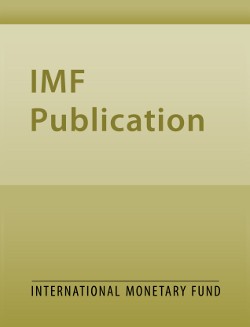
Commodity Prices and Inflation : Evidence from Seven Large Industrial Countries
A two-country theoretical model is presented, showing the effects of monetary, fiscal, and supply-side disturbances on prices of primary commodities and manufactured goods, and on exchange rates. If monetary shocks dominate, then commodity prices should lead general price movements, and the level of commodity prices should be correlated with the general inflation rate. Country-specific commodity price indexes are developed for the major industrial countries. Several empirical tests broadly support the conclusions of the model. Commodity price levels tend to be cointegrated with consumer-price inflation rates. Commodity price movements contribute weakly to predictions of inflation rates but more strongly to predictions of turning points in inflation.
Publication date: September 1989
ISBN: 9781451958973
$10.00
Add to Cart by clicking price of the language and format you'd like to purchase
Available Languages and Formats
| Paperback | ePub | Mobi | ||
| English |
Prices in red indicate formats that are not yet available but are forthcoming.
Topics covered in this book
This title contains information about the following subjects.
Click on a subject if you would like to see other titles with the same subjects.
Economics- Macroeconomics , Economics / General , International - Economics , inflation , inflation rate , money stock , money growth
Summary
Copyright © 2010 - 2025
Powered by:
AIDC



